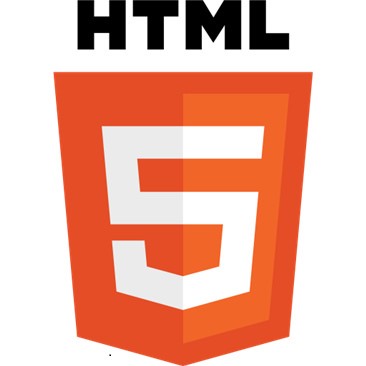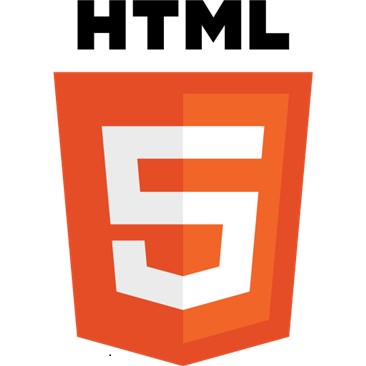- Posted Feb. 13, 2013, 12:04 p.m. - 11 years, 2 months ago
HTML5 – Hyper Texy!
Hyper Text Markup Language (HTML) is used for creating web pages and other information shown in a web browser.
HTML5 is the new HTML standard. Since the last version of HTML (4.01) came out in 1999, the web has changed massively and many of the elements are obsolete or not used in the way that they were meant to be or they are not used at all. Many of the main browsers (Chrome, Firefox, Safari, Internet Explorer and Opera) support elements and application programming interface protocols (API). No browser has full HTML5 support yet but they are adding HTML5 features to the latest versions.
As a result, and to find a way to counteract this, in 2006 the web hypertext application technology working group (WHATWG) approached the Worldwide Web Consortium (W3C), who were working with XHTML 2.0, and between them they created a new version of HTML.
HTML5 websites are designed to be more user friendly and with increasingly more intuitive designs than ever before, meaning that integration of media in all forms will be more instinctual for users than it has been previously. Examples such as downloadable PDF’s, videos and social sharing are just three elements from a whole host of media that will benefit from this coding language.
HTML5 goes a lot deeper than previous HTML, outlining content specific elements and new form controls for more functionality.
HTML5 Features
• Canvas – This is an element which is used to draw graphics and makes way for many methods of drawing (That must be used within Java Script.
• SVG – Scalable Vector Graphics – Used to define graphics in XML Format / defines vector based graphics for the web. SVG images are very versatile and can be used in many ways e.g. created, edited, searched, indexed and much more.
• Drag/Drop – Drag and drop where you can ‘grab’ an item and drag it to a different location. In HTML5 any element is drag gable.
• Geolocation – As long as the user allows the Geolocation API to get the geographical position of the user then this information can be used.
• Video – HTML5 has standardised a specific way to add video/movie onto a webpage, the
Latest Articles
-
Our latest testimonial for Infix 6
Dec. 19, 2016, 2:40 p.m. -
Most commonly translated Turkish words
Feb. 6, 2015, 9 a.m. -
Merry Christmas & A Happy New Year
Dec. 25, 2016, 8 a.m. -
New Save PDF to SVG feature introduced to Spire.Office
Dec. 23, 2016, 11:54 a.m. -
Editing educational PDFs – a user perspective
July 21, 2014, 8:03 a.m.



